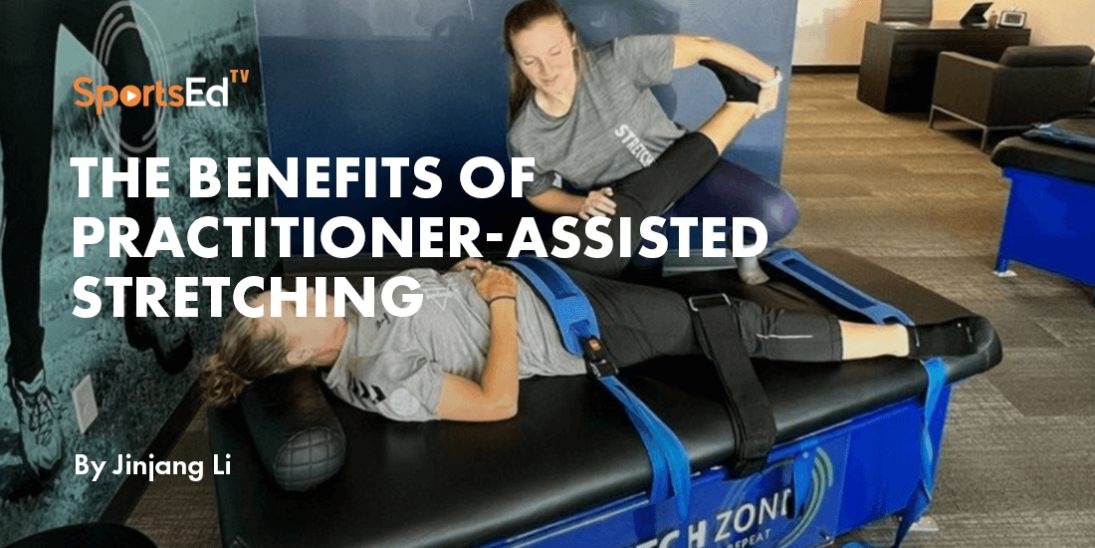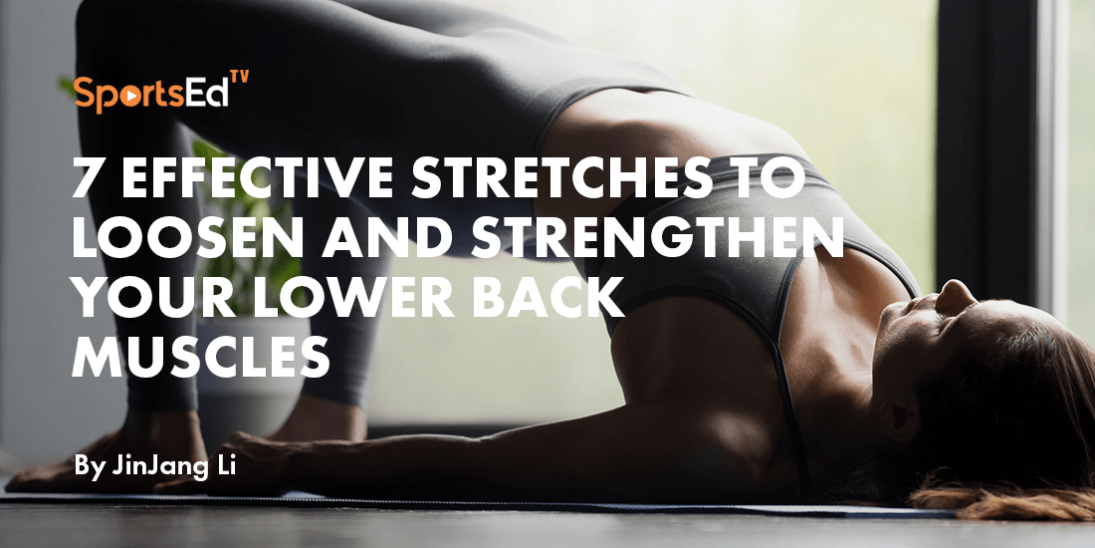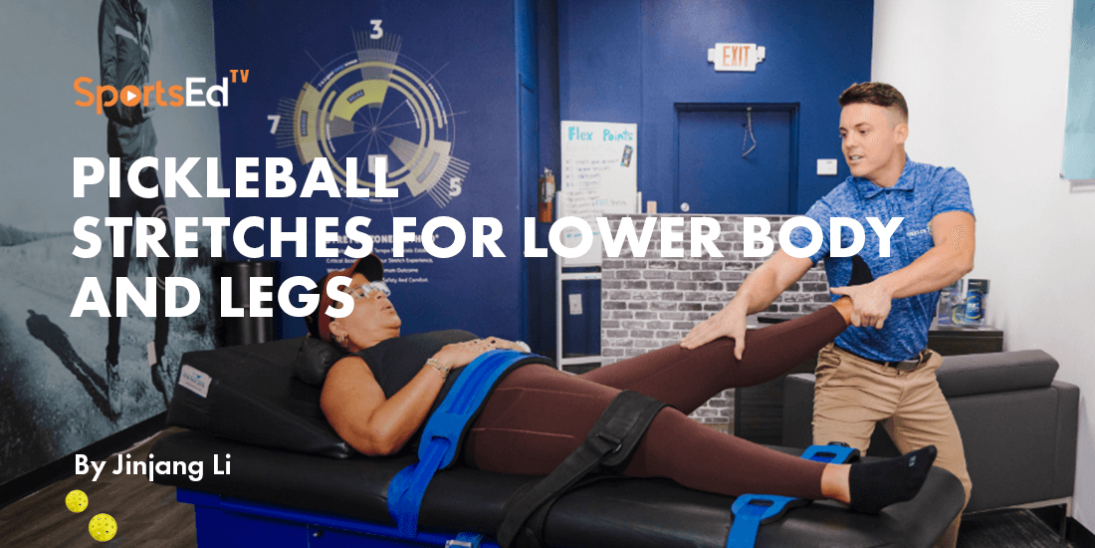Strength And Conditioning, Stretching, Tennis
Welcome and thanks for visiting...

Tennis Stretches for Lower Body and Legs.
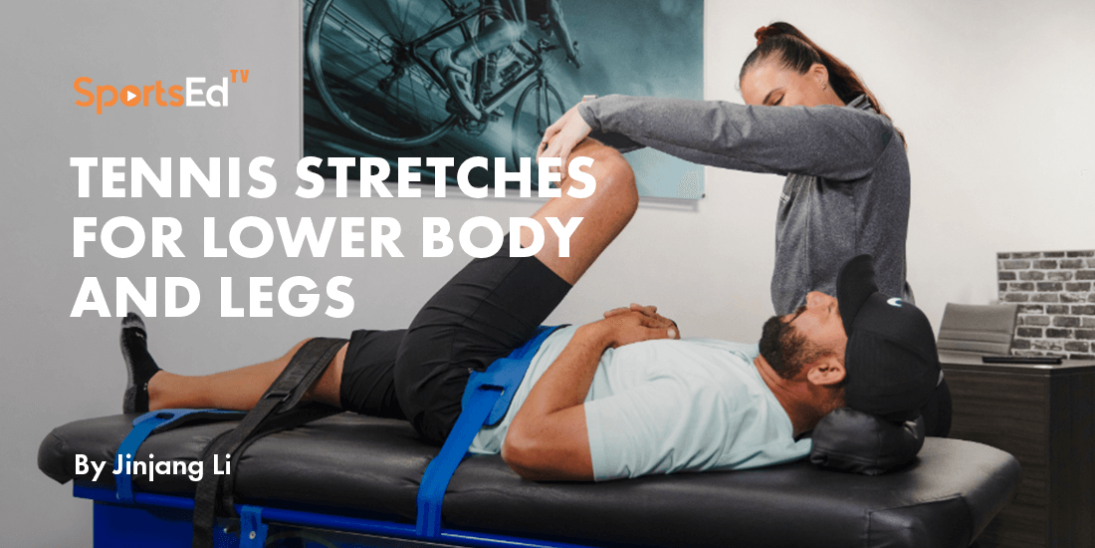
In the dynamic world of tennis, the power, agility, and flexibility of a player's lower body are often the unsung heroes behind those spectacular shots and swift court coverage. The legs, serving as the foundation of every movement, play a pivotal role in the game. Muscles such as the gluteal, quadriceps, hamstrings, and calves are crucial for a range of actions—from explosive sprints to reach a distant ball to the subtle shifts needed for a well-angled volley. Strong glutes are essential for powerful serves and groundstrokes, providing the force that starts from the ground and transfers through the body. The quads and hamstrings work in harmony for quick lateral movements, essential in a sport where changing direction swiftly is key. Meanwhile, the calves enable those rapid, tiptoed adjustments that fine-tune a player's position. For tennis enthusiasts looking to enhance their game, focusing on strengthening and conditioning these lower body muscles can yield significant improvements, not only in power and speed but also in reducing the risk of injury.
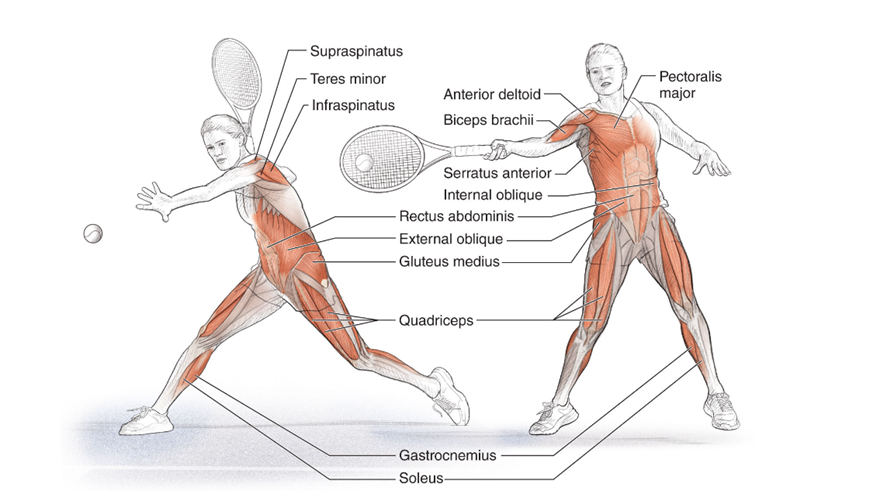
Illustration from the book TENNIS ANATOMY by E. Paul Roetert and Mark Kovacs, Human Kinetics
While the strength and agility of the lower body are crucial for tennis performance, the role of recovery and flexibility in a player's routine is equally important. This is where static stretching is a vital component in any tennis player's toolkit. Commonly performed after workouts or intense matches, static stretching helps reduce next-day soreness and is pivotal in enhancing flexibility and joint range of motion (ROM). Such flexibility is not just about preventing injuries; it's integral for efficient movement and energy utilization on the court. As tennis demands dynamic strokes and quick shifts, peak performance is closely tied to a player's overall physical well-being and their ability to manage and utilize energy effectively.
Proper joint alignment is essential for the energy generated by the lower body to translate into powerful and precise tennis strokes. Just as a well-constructed building relies on the uniformity of its walls for stability, a tennis player's body depends on the balanced flexibility of muscles and connective tissues to maintain optimal alignment. Imbalances, such as one side of the body being less flexible than the other, can disrupt this harmony, leading to inefficient movements and energy loss. This underlines the importance of incorporating comprehensive stretching routines, focusing not just on the lower body but also on the upper body and arms, to ensure a well-rounded physical condition for tennis players.
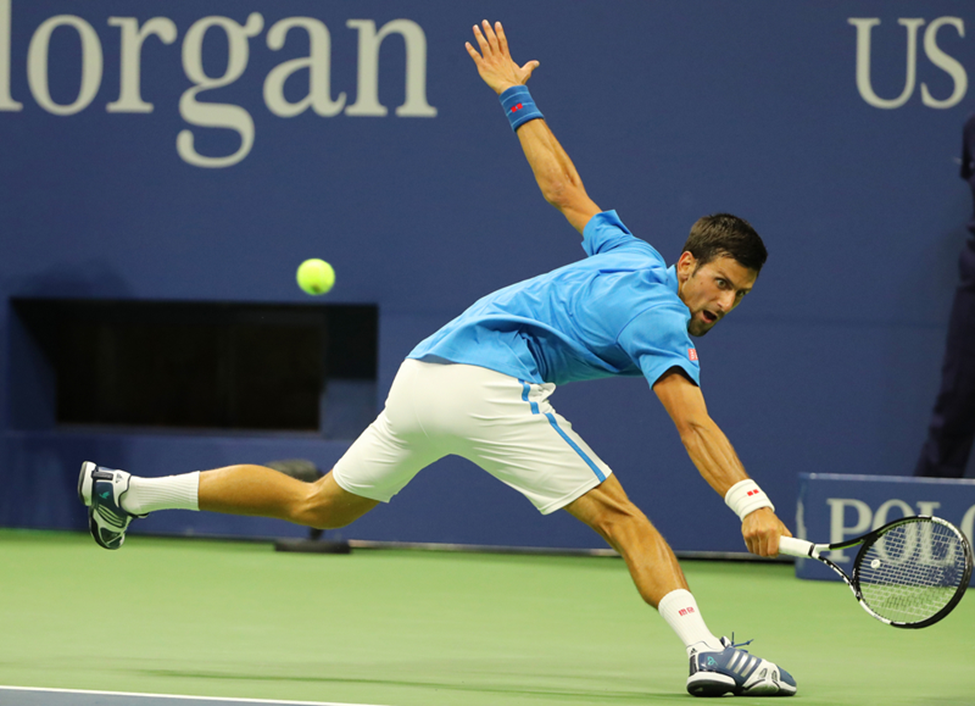
Novak Djokovic, a titan in the world of tennis, exemplifies the profound impact of a disciplined routine, particularly when it comes to stretching. Known for his incredible flexibility and endurance on the court, Djokovic's commitment to a meticulous stretching regimen is a cornerstone of his training. His routine, a blend of dynamic and static stretches, has been key in maintaining his peak physical condition and remarkable agility. Importantly, Djokovic's stretching routine principles are not exclusive to elite athletes; tennis players of any age and skill level can adopt them. While the intensity and complexity might vary, the core idea remains the same: a consistent, well-rounded stretching routine is crucial for enhancing performance, preventing injuries, and ensuring longevity in the sport. Djokovic's example is a testament to the power of stretching in tennis, demonstrating that with dedication and the right approach, players can maintain flexibility and health on the court, regardless of age.
The Advantages of Incorporating Stretching into Your Tennis Routine
A common oversight among tennis players is the significance of a proper warm-up before a match and an effective cool-down afterward. Embracing tennis stretching routines can bring a multitude of advantages, including:
- Enhanced performance during matches, allowing for more agile and precise movements.
- A significant reduction in the risk of injuries, ensuring more time on the court.
- Improved posture, which can alleviate back pain associated with rigorous play.
- Achieving better muscular balance leads to more efficient movement.
- A noticeable boost in overall energy levels is essential for enduring long matches.
- Increased longevity in your tennis career by maintaining physical health.
Incorporating regular tennis stretching into your regimen is not just about immediate performance; it’s a long-term investment in your playing career, helping you maintain top form and enjoy the game for years to come.
Tennis Stretches for Lower Body and Legs.
Quadriceps Stretch
Regular quadriceps stretching is essential for tennis players to avoid knee discomfort and minimize knee injury risks. The Quadriceps Stretch, a static exercise, is pivotal for enhancing flexibility and supporting muscle recuperation post-jumping drills.
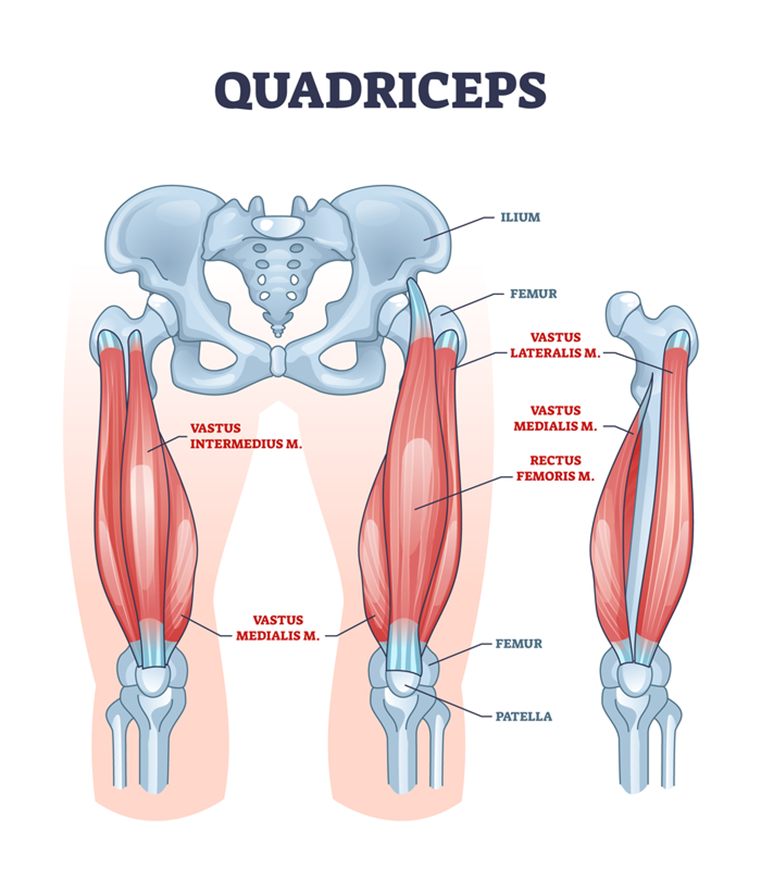
Shin Stretch
Incorporate the shin stretch in your static stretching regime if you experience shin splints or medial tibial stress syndrome, often due to continuous running or jumping. This stretch helps in easing the discomfort associated with it.
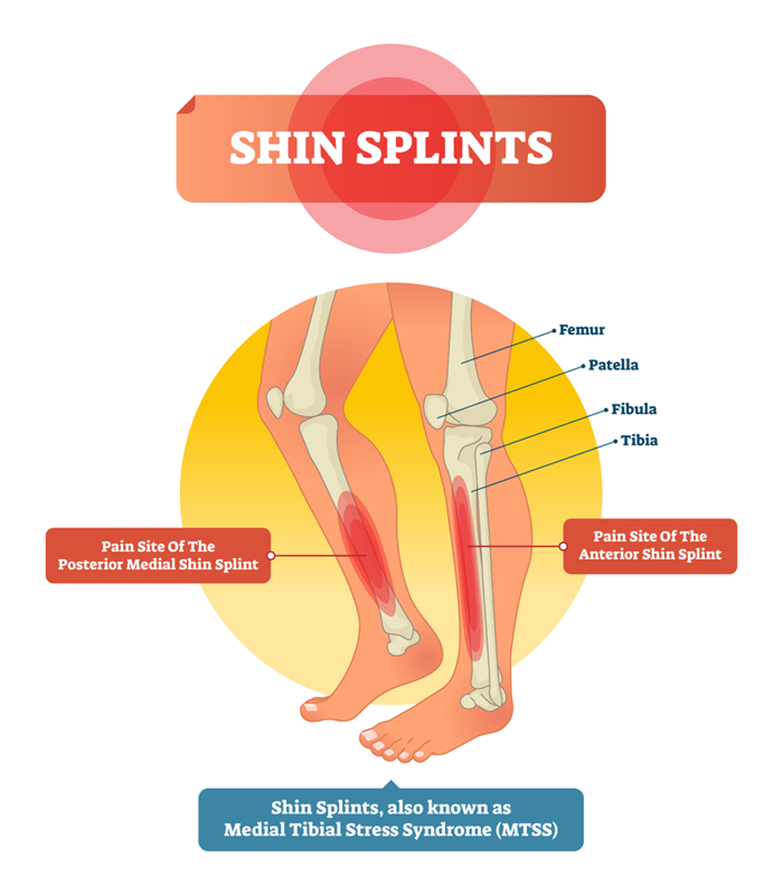
Hamstrings Stretch
Stretching your hamstrings following intense tennis training or lower-body exercises is crucial. This habit helps prevent injuries and lessens muscle soreness that might occur the next day.
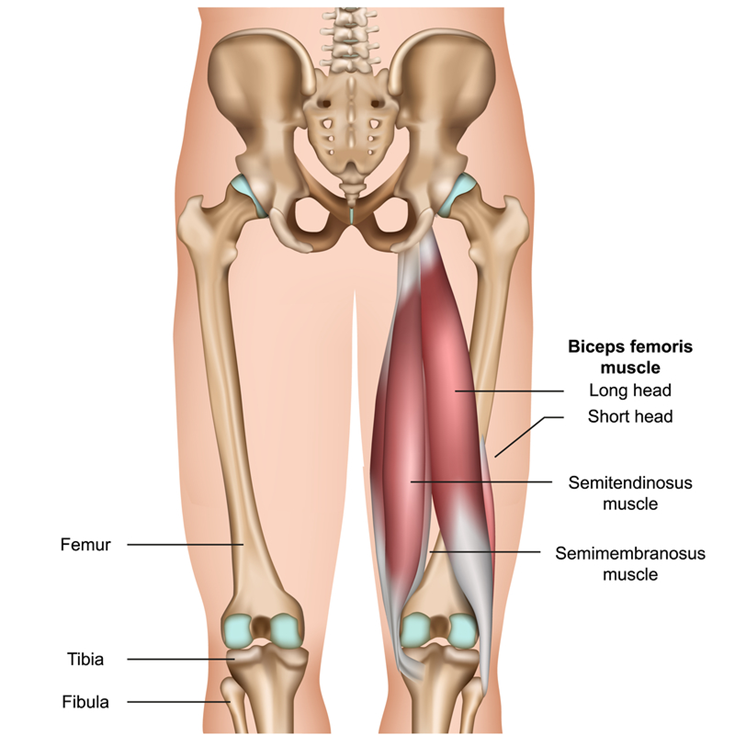
Calves Stretch
Enhancing your calves' flexibility through stretching is key for injury prevention and aids in muscle recovery, which is particularly vital for players frequently practicing serves. Since calves play a major role in every step and explosive movement, like jumps during serving or overhead smashes, regular stretching is important to prevent strains and enhance ankle mobility.
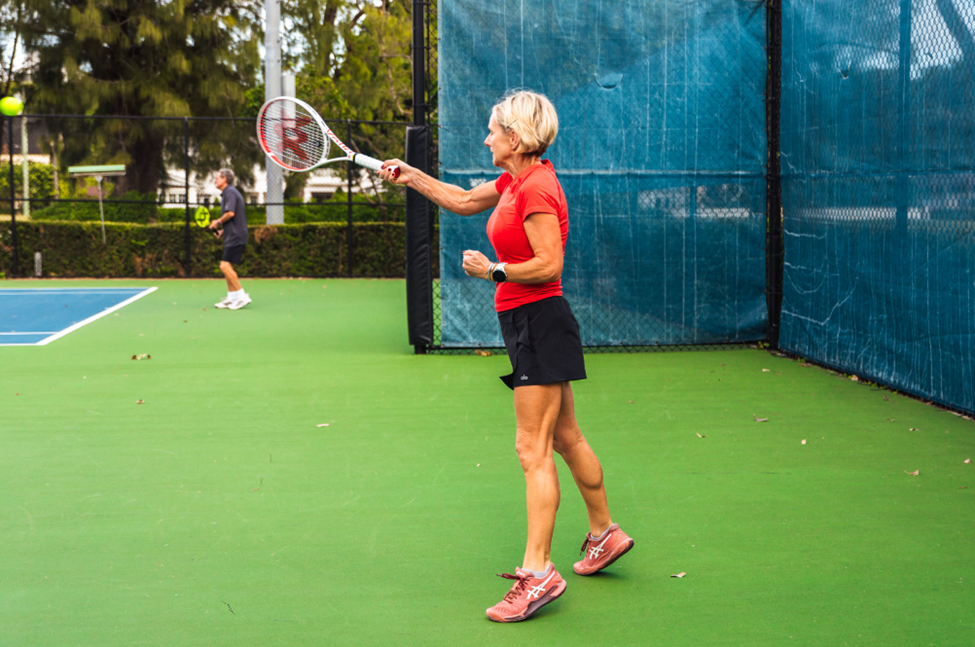
Glute Stretch
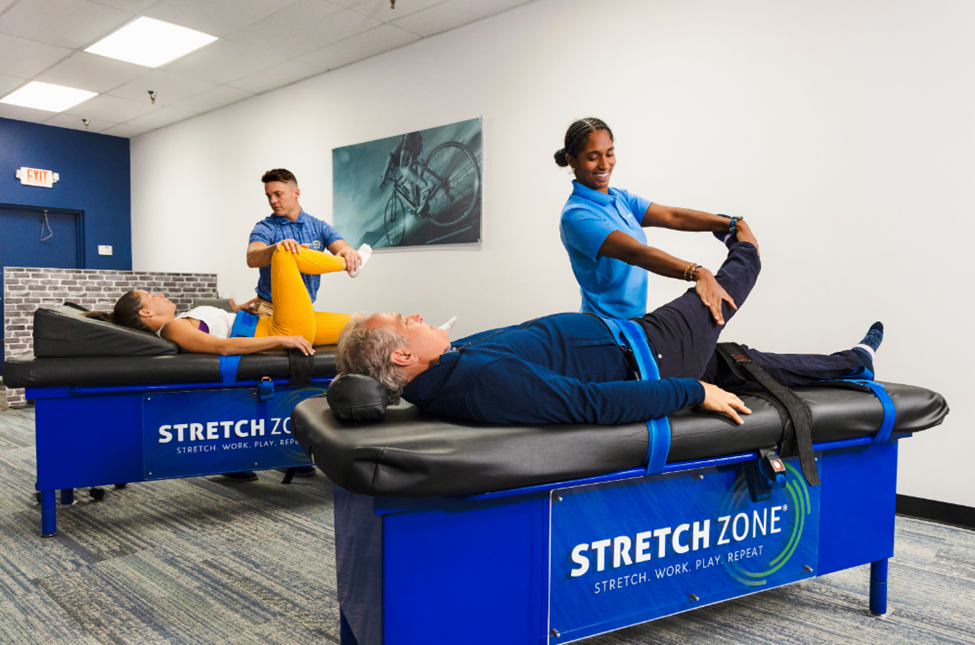
For tennis players, stretching the glutes is crucial as the hip extensors are engaged with each step or jump. Consistent glute stretching can decrease injury risks and facilitate muscle recovery.
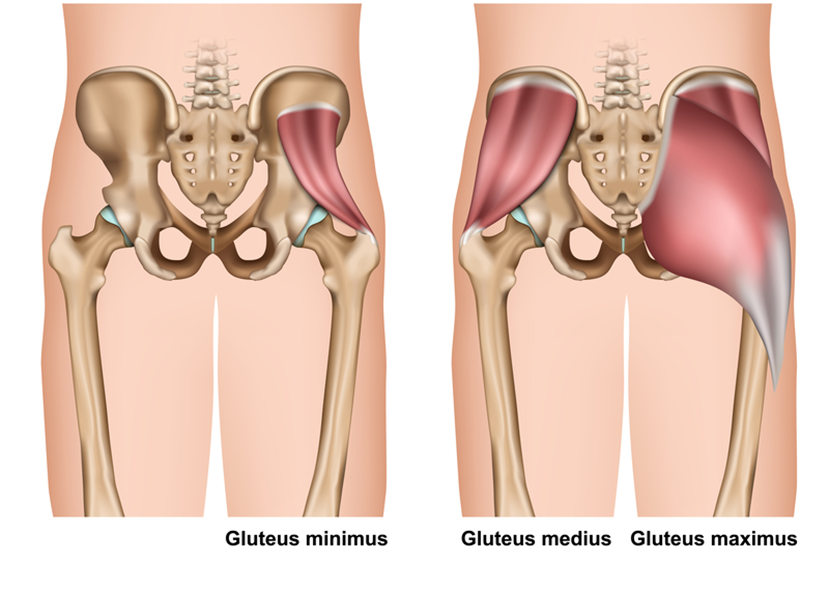
The Abductor Stretch
Regularly stretching the hip abductors is important for increasing flexibility, enhancing range of motion, and reducing injury risks. Include this stretch in your routine to aid in recovery, especially since these muscles are constantly engaged during stroke production and directional changes.
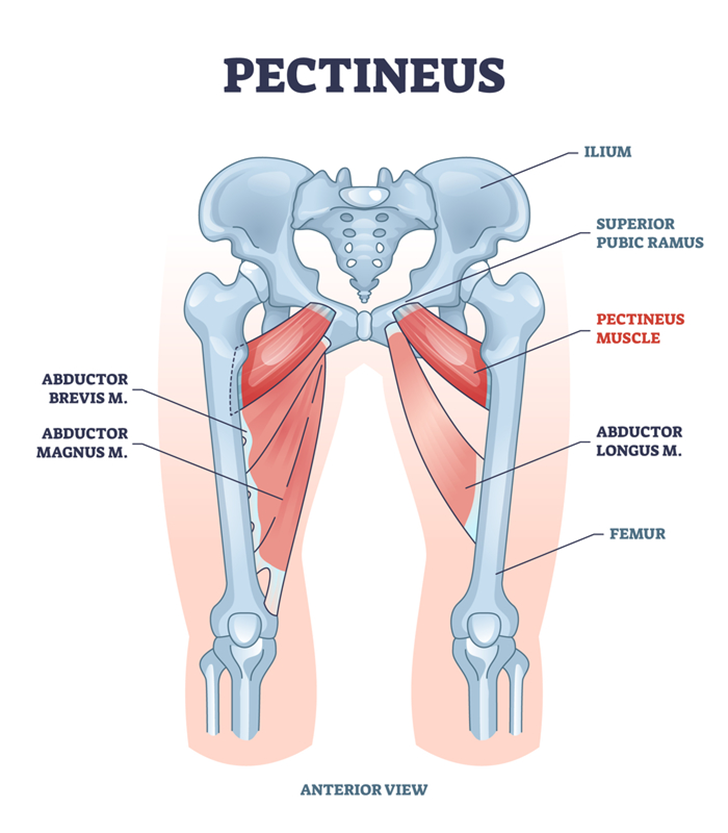
Hip Flexor Stretches
This stretch is vital for lowering injury risks and aiding muscle recovery after lengthy matches or practice sessions. Incorporating the hip flexor stretch is crucial for most tennis players with tight hip flexors.
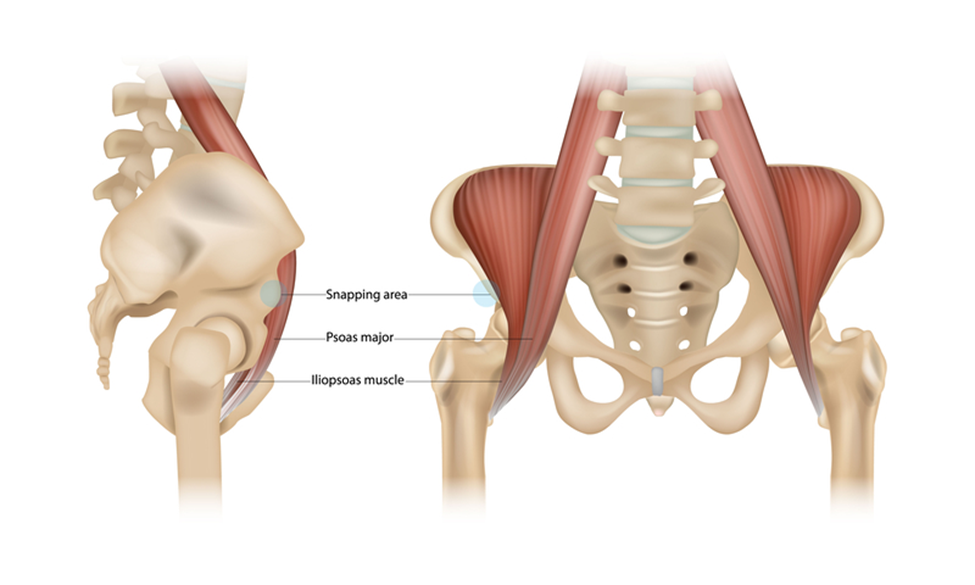
The Obliques Stretch
Focusing on oblique flexibility improves motion range and decreases injury risks. Regularly stretching the obliques is beneficial, especially as they are constantly used during strokes (e.g., trunk rotation) and changing directions, supporting muscle recovery after intensive games or practice.
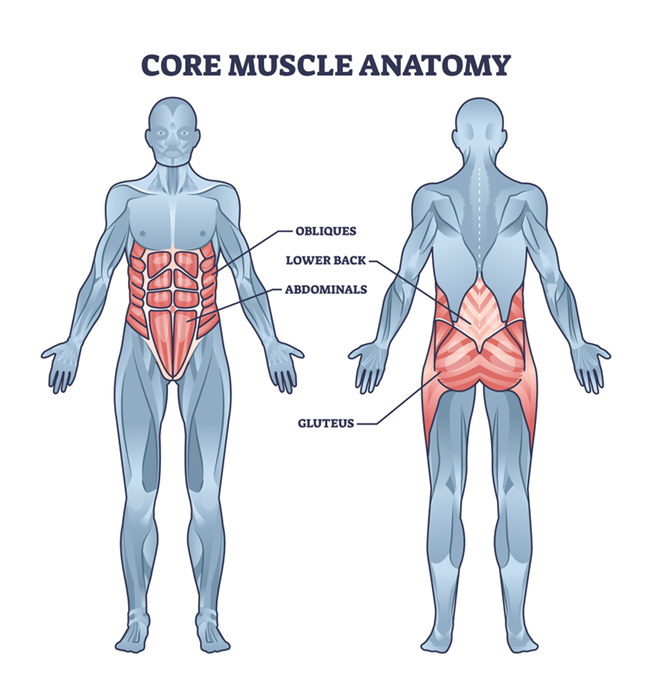
When should you do static stretching?
It's not common practice to employ static stretches as a warm-up for tennis. The reason? Static stretching can decrease muscle tension, potentially leading to diminished force production. Put simply, static stretching might dampen your agility on the court. Reserve this for post-workout or match.
In the tennis world, the value of professional guidance cannot be overstated. When these stretches are administered by professional stretching practitioners, such as those at Stretch Zone, the benefits are amplified manifold. These practitioners possess an in-depth understanding of muscle anatomy, body mechanics, and individualized stretching needs. Their hands-on approach ensures not just the correct execution of each stretch but also a targeted focus on specific muscles and problem areas. By entrusting one's recovery and flexibility training to such professionals, tennis players stand to gain enhanced mobility, reduced injury risks, and a greater assurance of maintaining peak physical form. In essence, while stretches in themselves are invaluable, under the guidance of seasoned practitioners, they become a game-changer in a player's holistic well-being and performance journey.
Find a Stretchzone facility near you.
Check the article on Tennis Stretches for Upper Body and Arms



